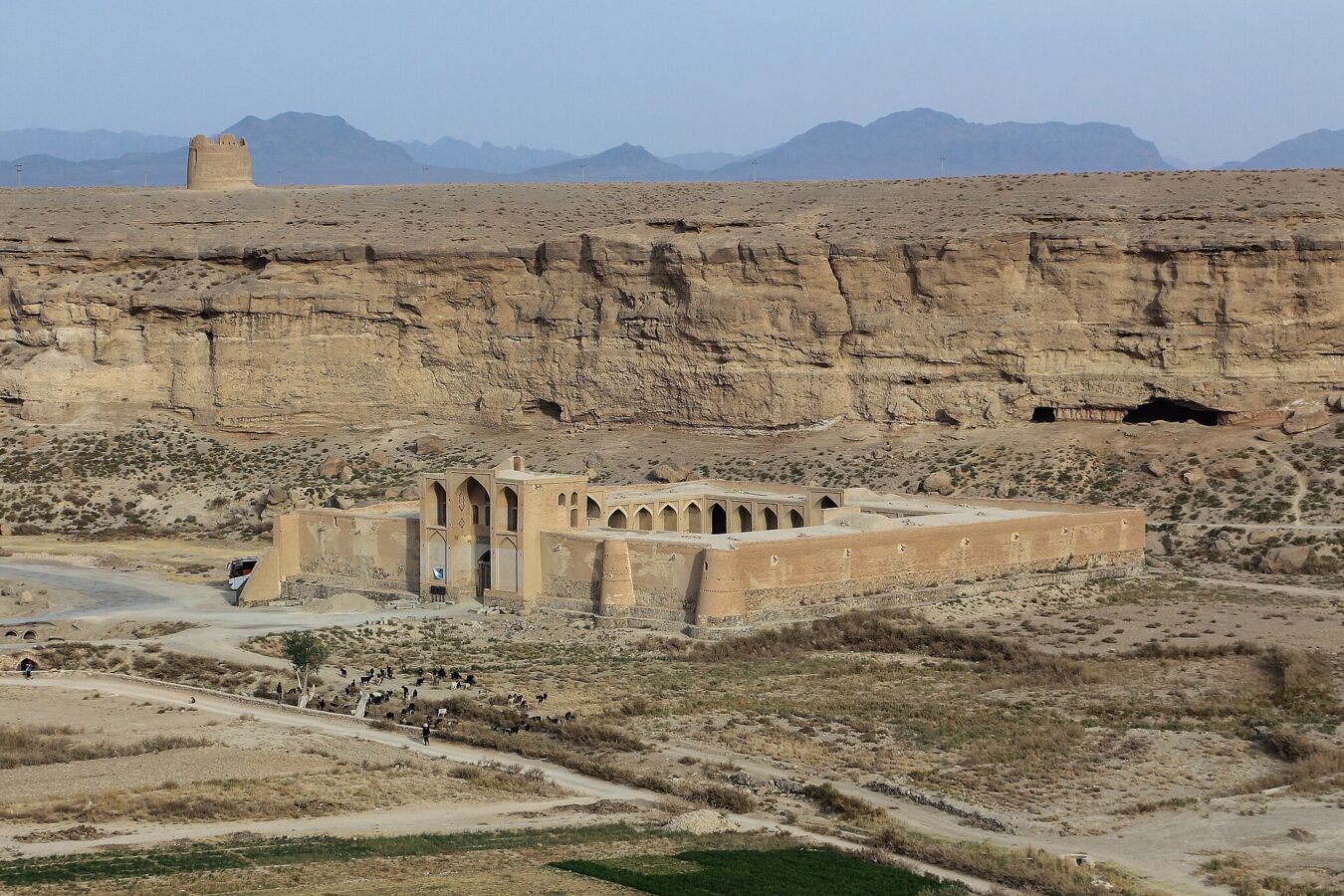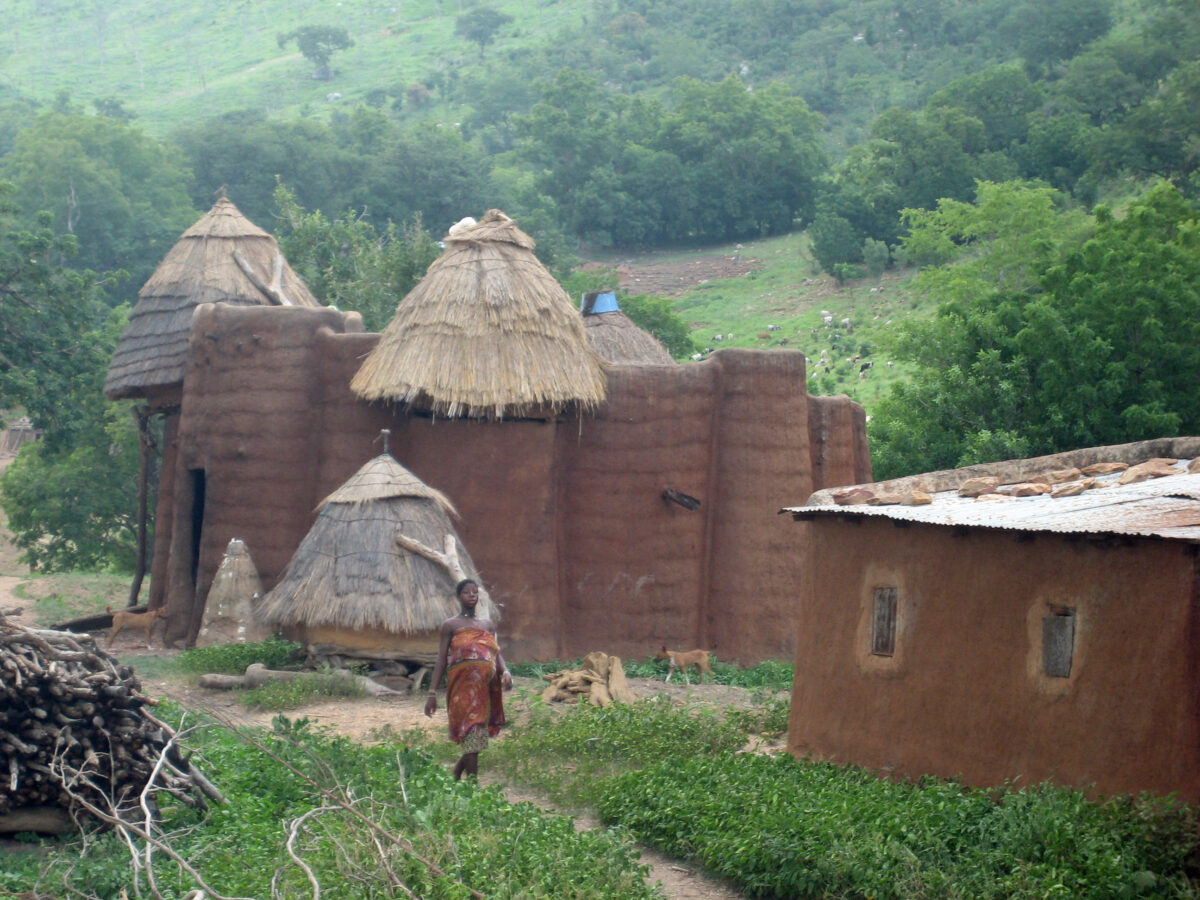How will the nations that have ratified UNESCO’s World Heritage Convention respond to the threat climate change represents to iconic natural and historic sites across the globe? This is one of the biggest questions facing the countries represented at the 45th World Heritage Committee meeting in Riyadh, Saudia Arabia. Will they for example, agree to place the city of Venice on the list of World Heritage sites “in danger”? Venice is increasingly vulnerable to severe flooding and water damage, and UNESCO’s World Heritage Centre has recommended that the struggling city be added to the list of places in danger because of both climate change and over-tourism. If the Committee agrees, then it will be the first time any World Heritage site has been added to the In Danger list because of climate change.
Venice, Italy, and Australia’s Great Barrier Reef endangered
Listing Venice would be a significant move forward because it would demonstrate that the Convention’s member countries recognize the need to respond to climate threats to World Heritage and take steps to increase accountability for inaction. But while Venice may be put on the In Danger list, another site that most certainly should be, won’t be. Vigorous lobbying by Australian diplomats prevented the Great Barrier Reef from being listed in 2021, and now yet another delay in considering this politically charged question has been recommended by the Convention’s secretariat, meaning a decision won’t be taken until the 2024 World Heritage Committee meeting. Meanwhile, coral scientists say that a developing El Niño will likely cause major bleaching and coral diebacks on the reef this year, and that Australia is dragging its feet in reducing carbon pollution and failing to pull back on new coal and gas developments which harm the reef. Scientists have identified warm water coral reefs as one of the ecosystems most at risk even if we are able to stay below Paris Climate Agreement temperature limits.

A new climate policy for World Heritage
The debate over whether climate change should ever be a criteria for In Danger listing has also been a point of contention in the development of a much-needed climate policy for the World Heritage Convention. After several years of discussions, the Committee forwarded the draft new climate policy to the UNESCO General Assembly in 2021, but it was sent it back to an ad hoc committee to try to resolve several remaining sticking points, including whether the principle of common but differentiated responsibilities (CBDR) as defined in the UN Framework Convention on Climate Change (UNFCCC) should be included or not. Australia, Japan, Norway, and the US have all opposed CBDR as an approach to World Heritage. Observers of the negotiations note that the US at one point also tried to remove references to the Paris Agreement’s principle goal of limiting global heating to 1.5 degrees Celsius. Meanwhile Brazil, Saudia Arabia and some other countries appear to have little interest in seeing an agreed climate policy emerge at all.
World Heritage under threat

Why this latter recommendation is important is clear from the nominations that are up for review this year. Only a few countries have provided useful information as to how climate change may affect the places in question. For example, the Spanish government described no climate risk to the 3-4,000 year-old archaeological sites of the proposed Talayotic Minorca World Heritage site, but the International Council on Monuments and Sites (ICOMOS)—one of the three technical advisory bodies to the convention—has identified climate change and the increasing risk of catastrophic wildfires on the Balearic island of Minorca as a major threat.
Similarly, climate change was not mentioned at all in the nomination dossier prepared by Iran for its series of 16th-18th century Persian Caravanserai sites. For over 2,000 years caravanserai provided safe resting places & accommodations for merchants, pilgrims and other travelers along major trade routes including the Silk Roads, and were usually constructed from locally available materials such as mud bricks and rock. Changes in humidity, rainfall and fluctuations between night-time and day-time temperatures are major factors in deterioration of the buildings, and climate change is expected to exacerbate these impacts, according to ICOMOS experts. At other nominated sites, including the historic towns of Kaunas in Lithuania and Kuldīga in Latvia, ICOMOS identified increased flooding due to climate change as a potentially serious threat.
UCS has been actively advocating for the new climate policy over several years. If agreed on, it would have major implications for the way the World Heritage Convention is implemented. For example, it asks member countries to develop and share mechanisms and methodologies for assessing the climate vulnerability of their World Heritage sites. Crucially, the new policy recognizes the vital importance of integrating Indigenous and traditional knowledge in management plans as a proven strategy for increasing resilience. It also calls for involving local communities, including Indigenous peoples and traditional owners, in site governance to help strengthen climate responses locally. The policy also recommends that all new nominations to the World Heritage list should include an assessment of climate risk to the proposed site—an important innovation proposed by UCS at the expert meeting on the island of Vilm, Germany, which kicked off the climate policy process in 2017.
A handful of the nominated sites did identify climate change as a threat in their nomination dossiers. At Koutammakou in Benin, the spiritual and cultural landscape of the Batammariba people, climate change is affecting the availability of plants needed for building traditional dwellings as well as putting sacred groves and medicinal plants at risk, while increased heavy rainfall is causing soil erosion and increasingly damaging subsistence farmers’ seasonal crops such as millet.

The proposal for a Highlands of the Mongolian Altai World Heritage site includes the extraordinarily rich tombs of the Iron Age Pazyryk culture, remarkable for the organic materials including wood, fabrics and leather that have been preserved in the permafrost for centuries. Mongolia has experienced unprecedented warming, well above the global average over the last 30 years. Warmer temperatures and thawing permafrost now threaten the contents of many of the tombs with rapid deterioration and decay, and irreparable loss of globally important archaeology.
Where governments do identify climate change as a vulnerability in their site nominations, there is a much greater chance that the risk will be fully integrated into the management plans required under the convention. For example, in its nomination for a Tr’ondëk-Klondike World Heritage property, Canada identifies the threat from changing river ice conditions, thawing permafrost and increasing risk from wildfires, and describes potential resilience strategies to be implemented. The proposed World Heritage property attests to the relationship of the Tr’ondëk Hwëch’in’s ancestors’ relationship with the landscape, and the cultural changes resulting from the gold rush and influx of non-Indigenous people, which led to the marginalization, displacement, segregation, and attempted assimilation of the Indigenous people. The Tr’ondëk Hwëch’in’ First Nation, local communities including Dawson City, and Canadian state and federal government entities are working collaboratively on climate adaptation planning.
Action and funding urgently needed
More and more natural and cultural sites are being added to the World Heritage list annually, many of them facing immediate or long-term climate threats to the attributes and values that make them globally important and eligible for World Heritage status. It’s high time that the World Heritage Committee and the rest of the signatories to the Convention center climate change in their deliberations and do more to protect these extraordinary, irreplaceable locations from loss and damage. Placing Venice and the Great Barrier Reef on the list of endangered sites, finalizing the climate policy, and providing dedicated financial resources to the World Heritage Center to fully and effectively implement it, would signal a serious intention to do so.

